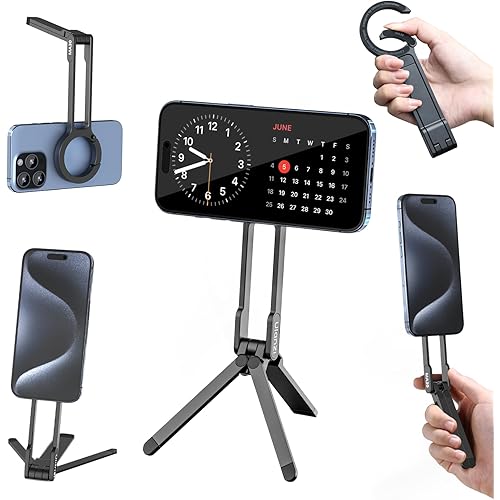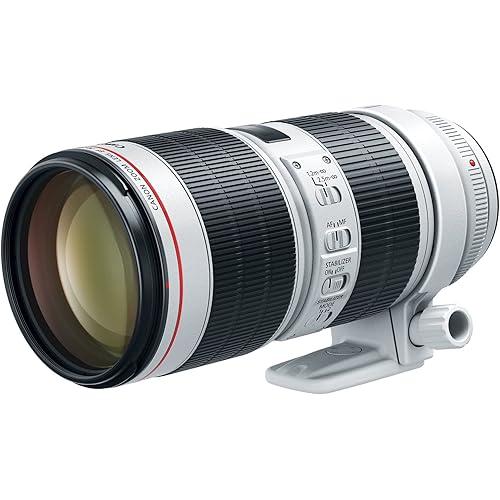Tamron SP 24-70mm F/2.8 Di VC USD G2 for Canon DSLR Cameras (Tamron 6 Year Limited USA Warranty)


Buy Now, Pay Later
- – Up to 36-month term if approved
- – No impact on credit
- – Instant approval decision
- – Secure and straightforward checkout
Ready to go? Add this product to your cart and select a plan during checkout.
Payment plans are offered through our trusted finance partners Klarna, Affirm, Afterpay, Apple Pay, and PayTomorrow. No-credit-needed leasing options through Acima may also be available at checkout.
Learn more about financing & leasing here.
Selected Option
FREE 30-day refund/replacement
To qualify for a full refund, items must be returned in their original, unused condition. If an item is returned in a used, damaged, or materially different state, you may be granted a partial refund.
To initiate a return, please visit our Returns Center.
View our full returns policy here.
Recently Viewed
Style: Canon
Features
- Eband coating provides superior anti-reflection properties, and reduces flare and ghosting
- High performance MPU for AF dramatically improves autofocusing accuracy and speed
- Dedicated MPU delivers the highest image stabilization in class at 5 CIPA-rated Stops
- New VC auto detect mode 2 for panning
- Fluorine coating and moisture-resistant construction fluorine coating and moisture-resistant construction; Minimum Aperture: F/22
Description
Introducing Tamron’s newly improved best-in-class, high-speed zoom lens. The new model a032 high-speed zoom is designed to maximize the potential of the latest high-pixel-density cameras while delivering best-in-class image quality with the use of new specialized, high quality glass materials that offer greater optical transmittance. Our proprietary eBAND coating resists ghosting and flare, making this lens ideal for backlit photography. In addition to cutting-edge autofocus technology, the a032 offers the highest vibration Compensation in its class, with a CIPA image stabilization performance level of 5 stops. With fluorine coating and rugged, Moisture-Resistant construction, The a032 is an excellent choice for outdoor Photography. A built-in lock in the lens hood offers additional protection. The combination of advanced technology, versatility and superb image quality makes the easy-to-use a032 zoom an excellent choice for everything from landscapes and portraits. Minimum Aperture: F/22
Brand: Tamron
Focal Length Description: 24-70 millimeters
Lens Type: Standard
Compatible Mountings: Canon EF
Camera Lens Description: Tamron SP 24-70mm F/2.8 Di VC USD G2 for Canon DSLR Cameras (Tamron 6 Year Limited USA Warranty)
Product Dimensions: 4.4 x 3.5 x 3.5 inches
Item Weight: 1.99 pounds
Item model number: AFA032C700
Is Discontinued By Manufacturer: No
Date First Available: June 20, 2017
Manufacturer: Tamron
Frequently asked questions
To initiate a return, please visit our Returns Center.
View our full returns policy here.
- Klarna Financing
- Affirm Pay in 4
- Affirm Financing
- Afterpay Financing
- PayTomorrow Financing
- Financing through Apple Pay
Learn more about financing & leasing here.
























